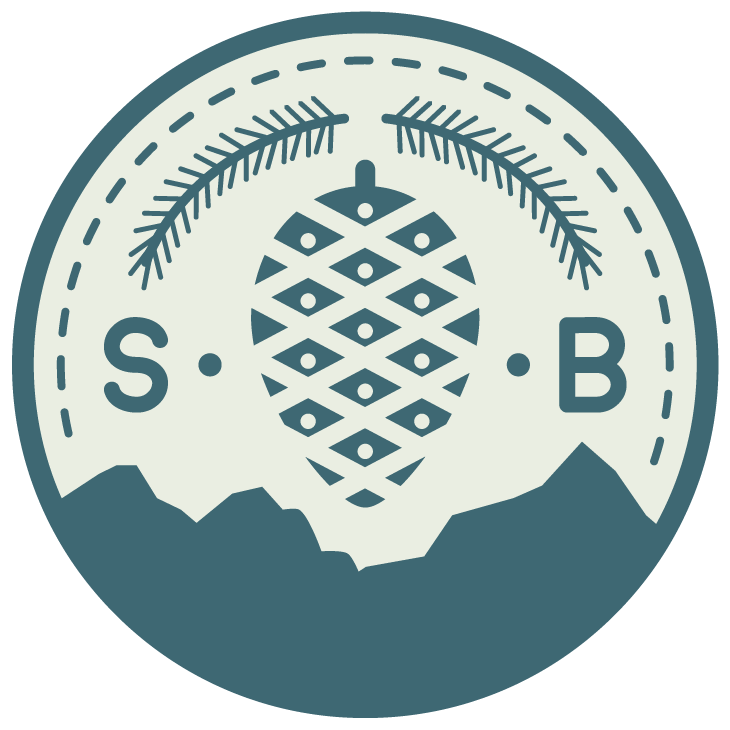Increase Website Conversion with Color Psychology
Now that virtually everyone has their own website, competition for attention is stronger than ever. One thing you should never overlook when building your engaging new website is color. Today, I’ve invited Max Chekalov of Design Advisor to share his insights on how the colors used in branding and website design can influence us on a psychological level.
So, you have just started an online business and created your first website. You have planned out your content and you are eager to welcome potential customers who will stumble upon your digital abode.
However, not everything goes your way. Customers seem to bounce out before you can even impress them with your content. Where have you gone wrong?
The problem must lie in your website optimization. While SEO is a staple in every digital strategy, a lot of website owners tend to overlook the importance of colors in website conversion. A good website is so much more than good content and an easy-to-navigate design. Some websites that employ the psychology of color are known to win customers’ attention and drive conversion rates.
“Some websites that employ the psychology of color are known to win customers’ attention and drive conversion rates.”
In fact, it only takes your potential customers 90 seconds to assess your product and form their judgment, so creating the best impression with the sensible use of colors on your website is a must. Color plays with your potential customers’ subconscious. With the smart use of colors, you will be able to make your website more compelling for your visitors, enticing them to subscribe, download, and buy your offerings, or fill out a form.
Here are some of the ways that the psychology of color can help with your conversion rate.
Appealing to the Buyer’s Subconscious
There are certain colors that appeal to the buyer’s subconscious. Since there are different kinds of buyers, it is only expected that different colors will catch their attention.
Impulsive buyers tend to be drawn to royal blue, black, and red-orange. Buyers of this kind mostly flock to clearance sales, outlet malls, and fast-food establishments. Shoppers who are budget-conscious, on the other hand, are attracted to navy-blue and teal. They are often found in banks and larger department stores.
Gender also plays an important role when it comes to color psychology. It is known that women gravitate more toward soft colors. They are charmed by tints of blue, pink, and green. It’s no wonder cosmetic and beauty products often incorporate these colors in their branding and websites.
For example, Maybelline New York uses hot pink to highlight their product links and call-to-action buttons on its home page. This allows the important elements to stand out and attracts the attention of women, compelling them to take action, whether it is clicking the product link or subscribing and providing their information.
Using Colors to Evoke Emotion
Brands are known to use the psychology of color to awaken their target market’s emotions. These colors differ from industry to industry and usually increase brand name recall and color association. If you want to appeal to your potential customers’ emotions and promote brand awareness, the best way to do so is through the use of key colors in your brand logo and website. The following colors are the most popular to many household brand names:
Red - Denoting life, excitement, and boldness, the color red is known to be the most emotional color. When people see this color, they tend to experience an increase in their heart rate and feel a sense of urgency. That is why this color is often used in clearance sales.
“When people see red, they tend to experience an increase in their heart rate and feel a sense of urgency.”
Brands like McDonald’s, Coca-Cola, Kellogg’s, and Red Bull have incorporated this in their logos. There are many websites that make use of red in one way or another in their subscription buttons and other call-to-action buttons. In fact, BMI’s use of red in their CTAs paid off. They have increased their conversions by 2.5%.
Blue - Often associated with productivity, tranquility, and trust, blue is popular for industries like technology, finance, energy, agriculture, and health care. It is very common in websites and branding. Famous online platforms like Skype, LinkedIn, Twitter, and Facebook make use of blue in their branding and websites. The same is true with IBM, Ford, PayPal, and Visa. It is a color that communicates trust and security to clients.
Green - The choice of most brands in food, household, energy, and technology industries, green denotes growth, nature, and harmony. It is often used in many stores to help customers relax. Some of the most famous brands that make use of the color green include Whole Foods, Subway, Spotify, and The Body Shop.
Orange - Perhaps the most effective color to draw the eyes of a website visitor, orange inspires ambition, enthusiasm, and confidence. If you want to encourage your potential customers to take action, whether it is selling, buying, or subscribing, using orange in your CTAs will ensure success.
Colors have an impact on human thought and behavior. It is a useful tool in advertising, branding, marketing, and design. If you want to convert your visitors into paying customers, it is important to pay attention to the effects of colors on human perception. ◉
Written by Max Chekalov


